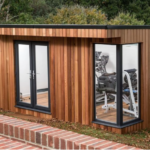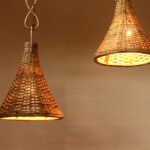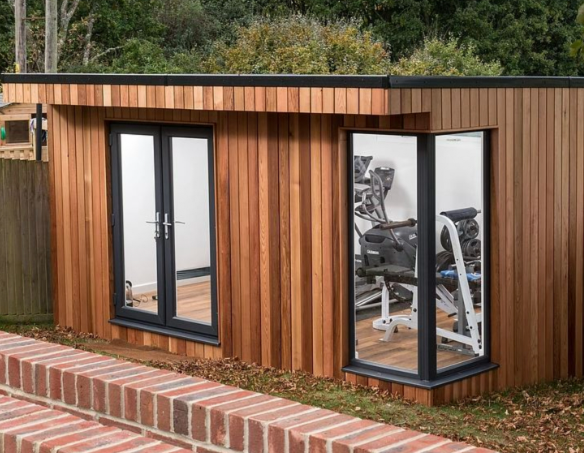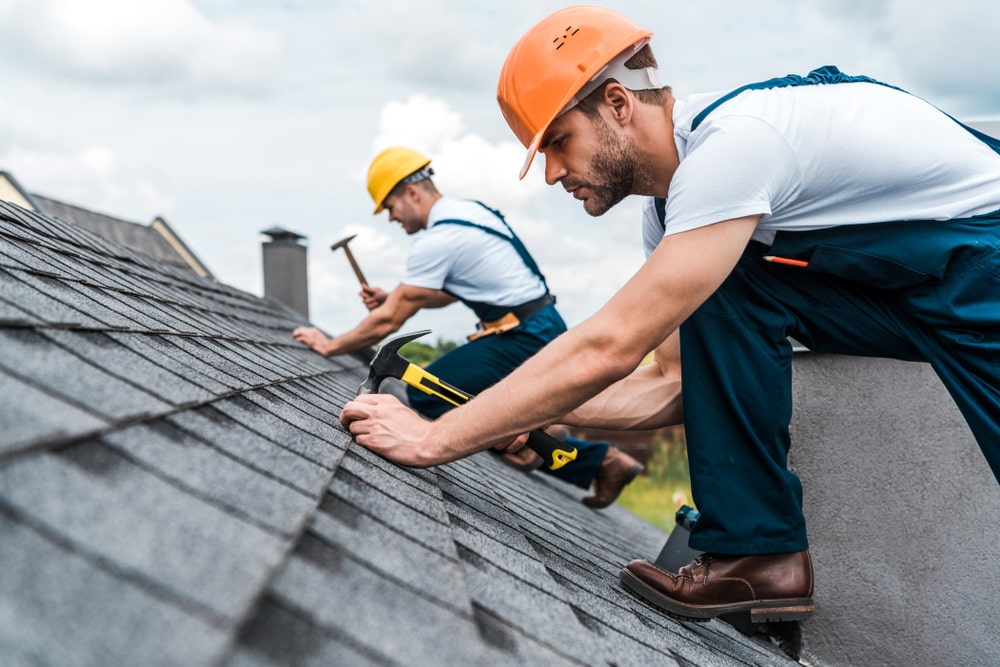Wood cladding, a popular choice in architectural design, offers both aesthetic appeal and functional benefits to buildings. It involves covering the exterior walls of a structure with wooden panels or boards, protecting the elements while enhancing the visual appeal. In this article, we delve into the pros and cons of wood cladding, offering a comprehensive analysis for architects, designers, and homeowners considering this option for their projects.
Table of Contents
Pros of Wood Cladding
1. Natural Aesthetic Appeal
One of the primary advantages of wood cladding is its timeless natural beauty. Wood brings warmth, texture, and character to buildings, creating a welcoming and visually appealing facade. The rich grains, varied tones, and organic patterns of different wood species add depth and interest to architectural designs, making them stand out in both urban and rural settings.
2. Versatility in Design
Wood cladding offers versatility in design, allowing architects and designers to explore various styles and patterns to achieve their desired aesthetic. Whether aiming for a rustic, traditional look or a contemporary, sleek finish, wood can be customized to suit diverse architectural preferences and project requirements. From horizontal and vertical installations to intricate patterns like herringbone or chevron, the design possibilities with wood cladding are endless.
3. Sustainable Building Material
In an era where sustainability is a top priority, wood cladding stands out as an eco-friendly building material. Sourced from renewable forests, wood is biodegradable and has a lower carbon footprint compared to synthetic alternatives. Choosing wood cladding promotes responsible forest management practices and contributes to the reduction of greenhouse gas emissions, making it an environmentally conscious choice for sustainable construction projects.
4. Insulation Properties
Wood cladding offers natural insulation properties, helping regulate indoor temperatures by trapping heat during colder months and providing thermal comfort. This can lead to energy savings by reducing the need for artificial heating and cooling systems, ultimately lowering utility costs for homeowners and building occupants. Additionally, wood’s ability to absorb and release moisture helps maintain a balanced humidity level indoors, promoting a healthier living environment.
5. Durability and Longevity
When properly maintained, wood cladding can last for decades, if not centuries, making it a durable and long-lasting building material. Many wood species are naturally resistant to rot, decay, and insect infestations, especially when treated with protective finishes or preservatives. With regular cleaning, sealing, and maintenance, wood cladding can withstand the rigors of weather exposure and retain its beauty and structural integrity over time.

Cons of Wood Cladding
1. Maintenance Requirements
Despite its durability, wood cladding requires regular maintenance to preserve its appearance and performance. This includes periodic cleaning, staining, sealing, and potential repairs to address issues such as weathering, fading, or moisture damage. Failure to maintain wood cladding properly can lead to deterioration and costly repairs, especially in harsh climates or high-moisture environments.
2. Vulnerability to Moisture and Decay
Wood is inherently susceptible to moisture absorption, which can lead to swelling, warping, and decay if not adequately protected. Improper installation or lack of waterproofing measures can compromise the integrity of wood cladding, allowing moisture to penetrate the surface and cause structural damage over time. To mitigate this risk, proper moisture management strategies, such as adequate ventilation and drainage, must be implemented during construction.
3. Fire Risk
While some wood species exhibit natural fire resistance, untreated wood cladding is combustible and can pose a fire risk, especially in areas prone to wildfires or urban environments with strict fire safety regulations. To enhance fire resistance, fire-retardant treatments or alternative cladding materials may be necessary, adding to the overall project cost and complexity.
4. Initial Cost
Although wood cladding offers numerous benefits, it often comes with a higher initial cost compared to synthetic alternatives such as vinyl or fiber cement. The expense of quality wood materials, installation labor, and maintenance requirements can significantly impact project budgets, especially for large-scale developments or renovations. However, many homeowners and designers view this upfront investment as worthwhile due to the wood’s aesthetic appeal and long-term durability.
Conclusion
Wood cladding offers a blend of aesthetic appeal, versatility, sustainability, and durability, making it a popular choice for home improvement projects worldwide. While it boasts numerous advantages, including natural beauty, design flexibility, and environmental sustainability, it also presents challenges such as maintenance requirements, susceptibility to moisture damage, fire risk, and higher initial costs.
By weighing the pros and cons carefully and implementing proper design, installation, and maintenance practices, architects, designers, and homeowners can harness the full potential of wood cladding to create timeless and sustainable buildings.











